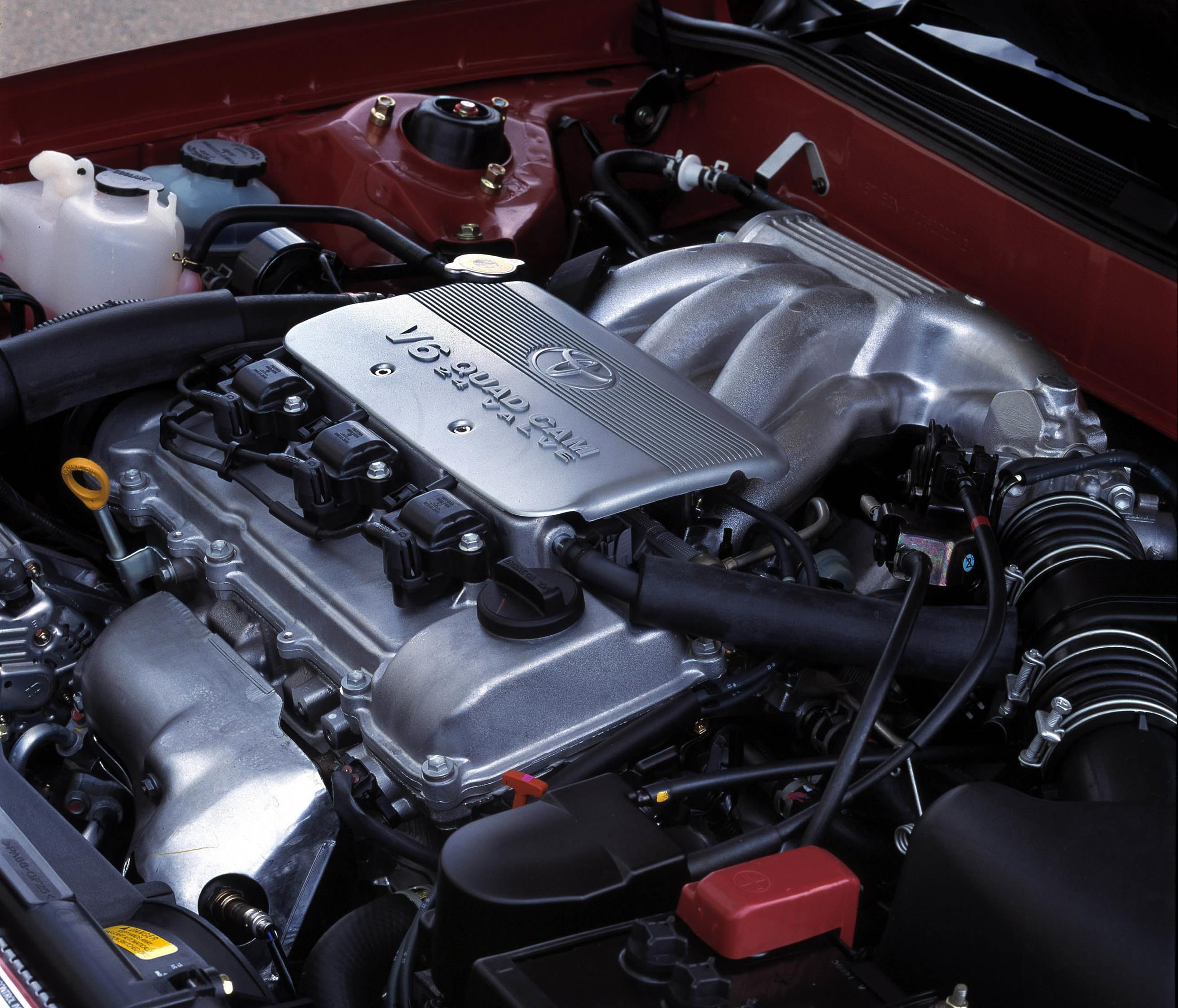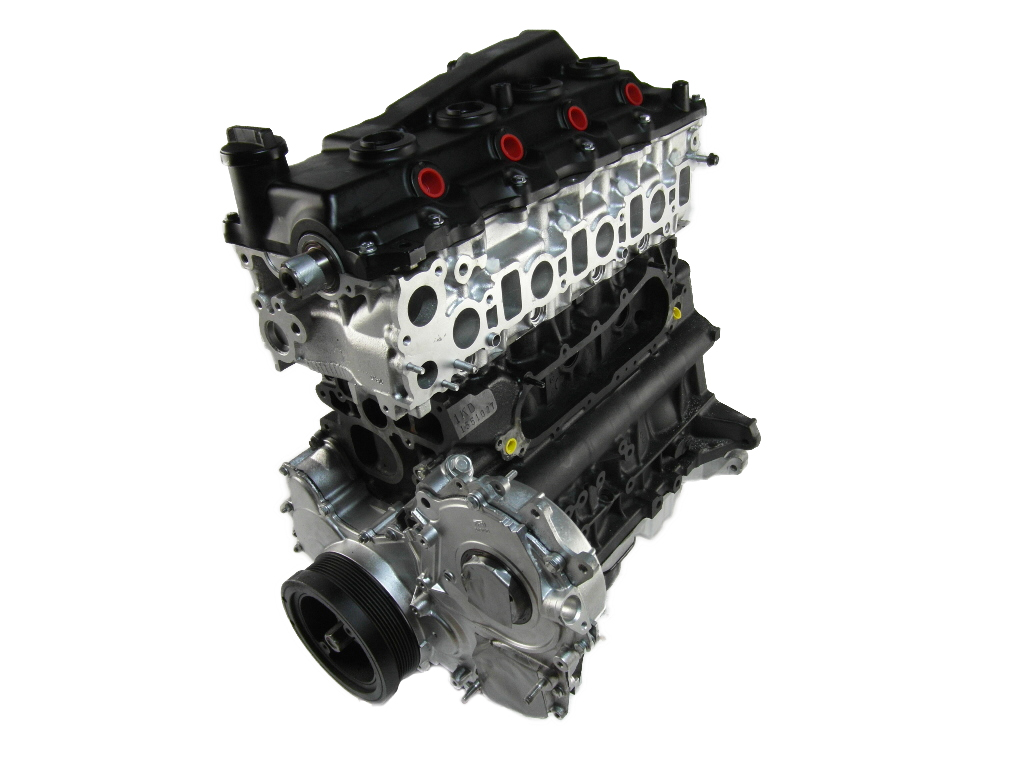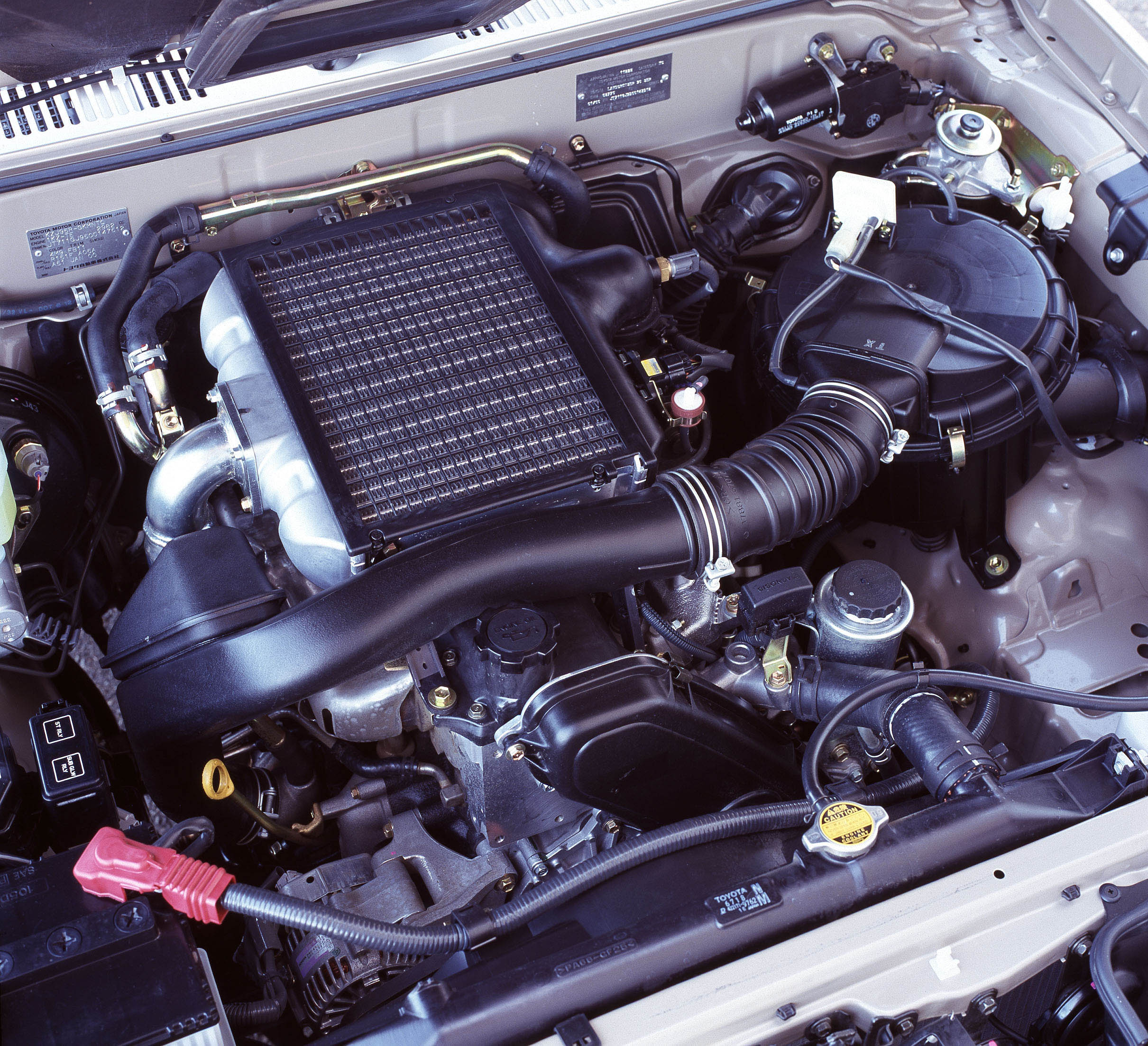Introduction
The Ford ‘Coyote’ V8 was a 5.0-litre, 90-degree ‘V’ engine that was produced at Ford’s Essex Plant in Windsor, Ontario. Introduced in the fifth generation Ford Mustang in late 2010 (for the ‘2011 model year’), the Coyote V8 was an evolution of Ford’s ‘Modular V8’ which featured:
- An aluminium alloy cylinder block and head;
- Double overhead camshafts;
- Four valves per cylinder with variable intake and exhaust valve timing (Ford’s ‘Twin Independent Variable Cam Timing’, or Ti-VCT);
- A compression ratio of 11.0:1; and,
- A 7000 rpm redline.
Please note that the related5.0-litre supercharged ‘Miami’ V8 engine has been considered separately.
| Model | Engine | Trans. | Peak power | Peak torque | Years |
|---|---|---|---|---|---|
| Ford Mustang (5th generation) |
5.0-litre petrol V8 | 6sp man., 6sp auto |
300kW at 6500rpm | 511Nm at 4250rpm | 2010-14 |
| Ford Mustang (sixth generation) |
5.0-litre petrol V8 | 6sp man., 6sp auto |
303kW at 6500rpm | 525Nm at 4250rpm | 2014-on |
Block
The Coyote V8 engine had an aluminium block with 92.2 mm bores and a 92.7 mm stroke for a capacity of 4951 cc. The bores were spaced at 100 mm intervals – the same as its 4.6-litre predecessor – and had pressed-in iron cylinder liners. The Coyote V8 engine block had six-bolt, cross-bolted main bearing caps to provide stable crank location under high load conditions and, for rigidity,
- The casting for the aluminium block had reinforcing webbing;
- The main bearing bulkhead widths were increased (relative to its predecessor); and,
- Nodular iron cross-bolted main bearing caps with 12 mm head bolts were used.
Crankshaft, connecting rods and pistons
The Coyote V8 engine had a forged steel crankshaft that was subject to an induction hardening process and supported by five main bearings.
Attached to the crankshaft, the 150.7 mm long connecting rods were sinter-forged from powder. These connecting rods were devised for naturally aspirated applications, with forced induction versions needing upgraded rods.
The Coyote V8 engine had cast aluminium, hypereutectic pistons that had a moly coating to reduce friction. Cooling jets were fitted in the cylinder block’s main webs to spray the underside of the piston (at the piston boss and the bottom of the crown). According to Ford, testing demonstrated that the crankshaft ran 25 degrees cooler with the oil jets. Furthermore, the pistons weighed 500 grams and had full-floating, 22 mm diameter piston pins.
Cylinder head and valvetrain
The Coyote V8 engine had an aluminium alloy cylinder head which was designed to support high pressures and provide cross-flow cooling. With cross-flow cooling, coolant would rise from the block on the exhaust side of the head, pass around the exhaust valves, then flow past the spark plugs, to the intake side of the cylinder head and then into a manifold (effectively a galley that was cast into the intake side of the cylinder head). From the manifold, coolant would exit at the front of the head to a cross-over passage that was cast into the block.
The Coyote V8 engine had hollow, double overhead camshafts per cylinder bank that were individually chain-driven, with a hydraulic timing tensioner on each chain. Furthermore, the camshafts were synchronised through a secondary timing chain.
Valves
The four valves per cylinder were actuated by roller finger followers, while zero valve clearance was mainted by direct-acting hydraulic lash adjusters.
For the 2011 Mustang GT,
- The intake valves had a 37.0 mm diameter;
- The exhaust valves had a 31.0 mm diameter;
- Intake valve lift was 12.0 mm; and,
- Exhaust valve lift was 11.0 mm.
For the 2015 Mustang GT, however,
- Larger 37.3 mm diameter intake valves were introduced;
- Larger 31.8 mm diameter exhaust valves were introduced; and,
- Intake and exhaust valve lift was increased to 13 mm.
Twin Independent Variable Camshaft Timing (Ti-VCT)
The Coyote V8 engine had Ford’s ‘Twin Independent Variable Cam Timing’ (Ti-VCT) which provided variable timing for the intake and exhaust valves. Developed by Borg Warner, the Coyote V8 was Ford’s first implementation of a Cam Torque Actuated (CTA) Ti-VCT system in a V8 engine.
Instead of high-pressure oil energizing the cam phasers, cam torque actuation used the energy of the valve springs torquing through the camshafts. During certain periods of cam rotation, the pressure of the valve springs would try to advance or retard the camshafts. In conventional systems, this energy was dissipated into the timing chains; with cam torque actuation, however, this energy was used to power the cam phasers.
With cam torque actuation, the camshafts phasers did not require high-pressure oil from the pump, but were instead supplied with from the front cam bearing. Engine oil was, however, used to fill the cam phaser chambers and maintain cam position. For the Coyote V8, camshaft timing could be varied by up to 50 degrees and this variation could be implemented in 0.2 seconds, faster than conventional oil-pressure VCT systems. The cam torque actuation technology was developed and supplied by Borg Warner and included a resonance attentuation function to reduce chain tension and camshaft oscillation.
For the 2011-14 Ford Mustang GT, intake and exhaust duration were 260 degrees and 263 degrees, respectively.
Intake
The Coyote V8 had a long-runner, single-plane intake manifold that was made of molded composite. To meet height restrictions, the intake plenum was situated between the cylinder banks and, as a result, the alternator was positioned on the side of the engine. The Coyote V8 had an 80 mm, single-blade throttle body; the throttle was electronically-controlled.
Exhaust
The Coyote V8 had short-tube, S441100 stainless steel Tri-Y tubular exhaust headers that were designed to maximise exhaust pulse separation.
Injection and ignition
The Coyote V8 had sequential multi-port fuel injection (SFI) via eight solenoid-operated injectors. The injectors were mounted in the fuel injection supply manifold (within the intake manifold) above the cylinder heads. The injectors were positioned so that their tips delivered fuel just ahead of the intake valves.
For the 2011 Mustang GT, the fuel injectors had a maximum flow rate of 344.44 cc/min (32.8 lb/hr) and fuel pressure of 3.79 bar (55 psi). Furthermore, the Coyote V8 has a compression ratio of 11.0:1 for the Ford Mustang.
The Coyote V8 had coil-on-plug ignition via iridium-tipped spark plugs. For the Coyote V8, the injection and firing order was 1-5-4-8-6-3-7-2; in contrast, previous engines in Ford’s Modular V8 family had a 1-3-7-2-6-5-4-8 order.
Lubrication
The Coyote V8 engine had a positive displacement, internal gear oil pump with top seal rotors (commonly known as a gerotor pump) that was mounted on the front face of the cylinder block. The Coyote V8 engine had a force-feed lubrication system whereby oil was supplied – under full pressure – to the crankshaft main bearings, crankshaft trust main bearing, connecting rod bearings and oil galleries; all other parts were lubricated by oil splash. For the Ford Mustang, the Coyote V8 engine required 5W-20 mineral oil.
2015 Mustang Coyote V8
For the sixth generation Ford Mustang, a series of changes were introduced for the Coyote V8 engine:
- The new intake manifold featured ‘charge motion control valves’ to partially close port flow at lower engine speeds – this increased the tumble and swirl characteristics of the air charge for improved air-fuel mixing, providing greater fuel efficiency and idle stability;
- The new cylinder head casting had revised ports for a straighter path to the valves, reducing intake and exhaust flow restrictions;
- Larger 37.3 mm diameter intake valves were introduced;
- Larger 31.8 mm diameter exhaust valves were introduced;
- Intake and exhaust valve lift was increased to 13 mm;
- Stiffer valve springs were introduced;
- The combustion chamber was modified to accommodate the larger valves;
- The piston tops were redesigned with deeper cut-outs to provide clearance for the larger valves;
- The variable camshaft timing for the intake camshaft had a greater range of adjustment due to the introduction of mid-lock phasers that provided better control of valve timing over a broader range of engine speeds and loads; and,
- The crankshaft was re-balanced to support high engine speeds.


